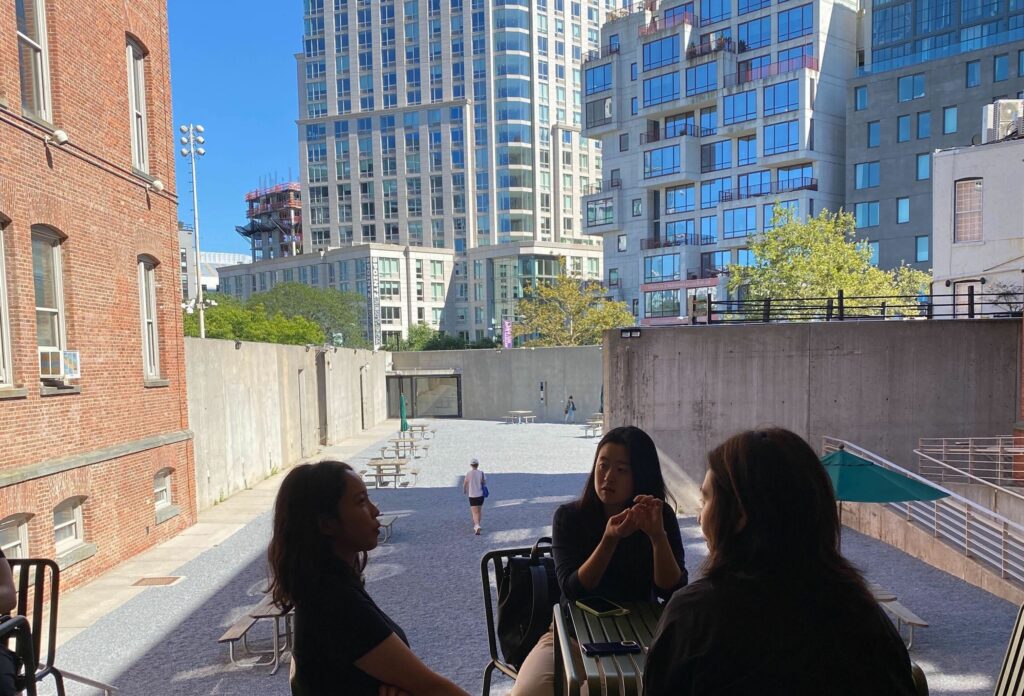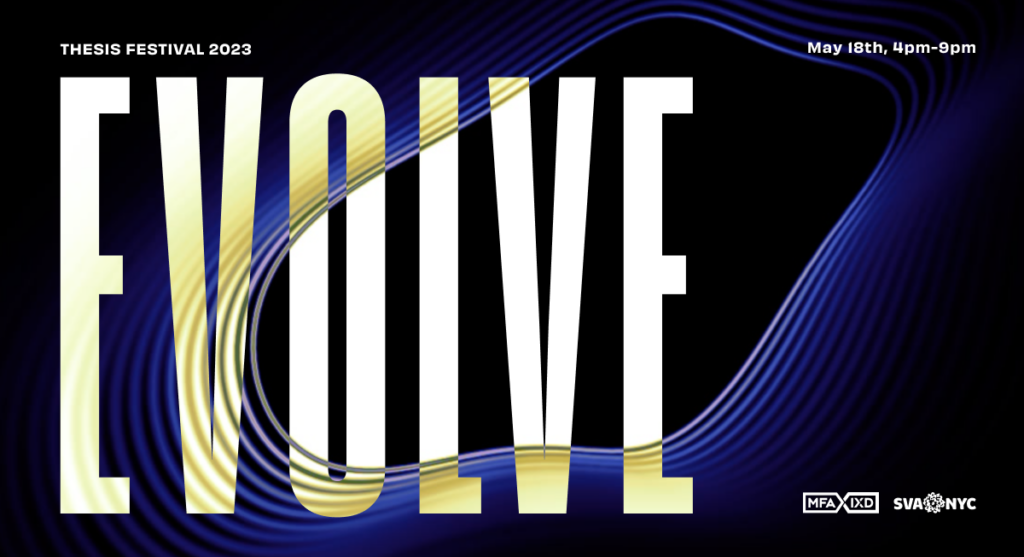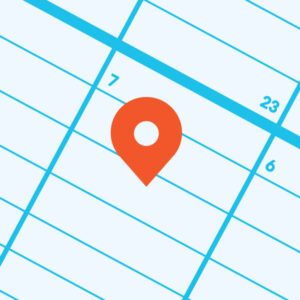Second-year student Stephanie Aaron attended the Healthcare Experience Design Conference in Boston on April 11. Her thesis, Oasis of Healing, seeks to improve the hospital patient experience through the use of nature.
I was surprised at how much of the conference focused on behavior change. Sure, topics ranging from high-tech solutions to electronic medical records and creating empathy were covered. But maybe I shouldn’t be so surprised — in a recent article in The New York Times, Mark Bittman said “For the first time in history, lifestyle diseases like diabetes, heart disease, some cancers and others kill more people than communicable ones.” This being the case, perhaps behavior change is our best bet to become a healthier society and lower our healthcare spending.


In the keynote, BJ Fogg, Director of the Stanford Persuasive Technology Lab, shared his secrets of behavior change and his behavior grid. His steps to a new habit are: make it tiny (like flossing only one tooth), find a fixed point in your day to do it (what comes before and after), train the cycle (rinse and repeat), and reward the behavior (shout victory)! He demonstrated this by handing out dental floss, handwritten post-it notes and had us all (optionally) floss one tooth in public. He pointed out that ability trumps motivation, you might be motivated to do something but if you have no idea how you will fail. When starting a project, don’t start with totally unmotivated people, start with motivated individuals (Facebook wasn’t initially aimed at grandparents).The behavior grid was the most useful takeaway of the conference. It explains and maps out the differences between creating new behaviors, doing familiar behaviors, and increasing, decreasing, or stoping behaviors. It also maps these across time. It’s an essential tool for anyone working on projects involving behavior change.
Other speakers showed how game mechanics can be used to engage users. In the words of Trapper Marklez of MeYou Health “You need to be better than Facebook – at least for five minutes.”
One of the most poignant presentations was by Lisa Nugent of Johnson & Johnson on how teenagers with chronic conditions are an underserved population. We don’t know how to engage with them on a level that is meaningful to them. The teens do not define themselves through their illness, they measure their quality of life through moods and friends.
Attending the conference was a great experience for me. If I had gone last year I think I might have done a completely different thesis based on the talks by BJ Fogg and Lisa Nugent. Nonetheless, I do plan on taking what I learned into my professional career.
– Stephanie Aaron, Class of 2011


